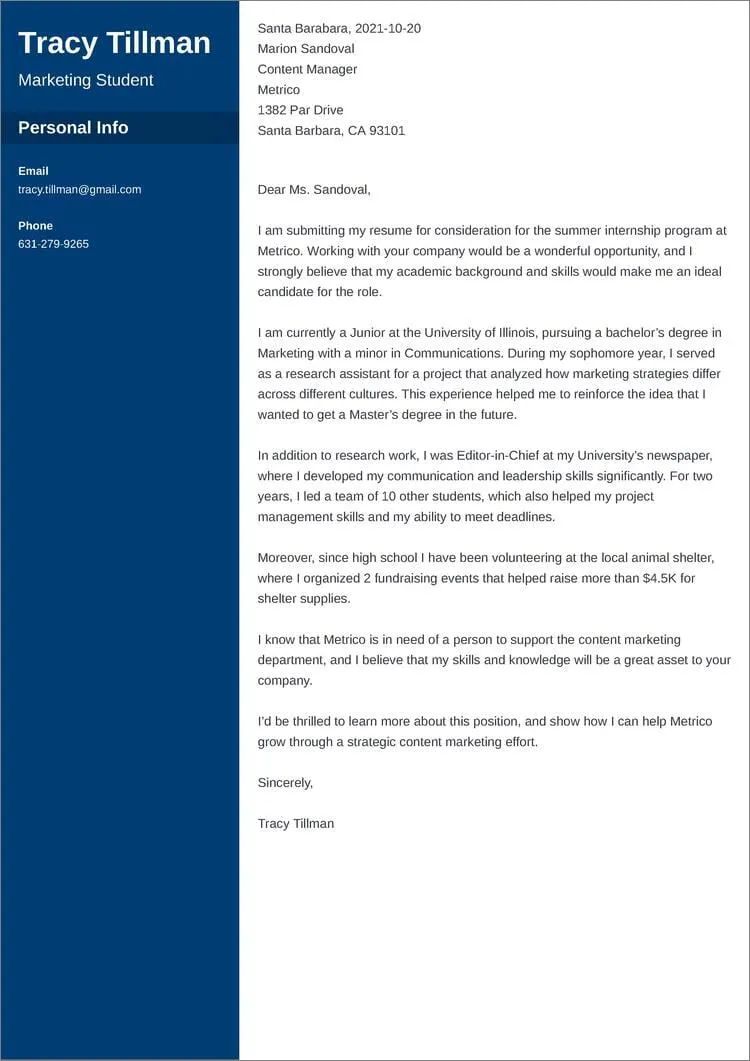Why Cover Letters Still Matter
In an era dominated by online applications and digital resumes, one might question the continued relevance of cover letters. However, a well-crafted cover letter remains a critical tool in your job search arsenal. It serves as your first introduction to a potential employer, offering a unique opportunity to present yourself as more than just a list of skills and experiences. A cover letter allows you to showcase your personality, passion, and communication skills, setting you apart from other applicants. It demonstrates your genuine interest in the company and the specific role, which can significantly increase your chances of landing an interview. Ignoring the cover letter is like leaving a crucial part of your story untold. It’s the difference between blending in and standing out. The cover letter gives you the chance to explain gaps in your resume, address any concerns the hiring manager might have, and tailor your application to the specific requirements of the job, which helps you create a compelling narrative that captures attention. Remember, many hiring managers still value cover letters.
The Purpose of a Cover Letter
The primary purpose of a cover letter is to introduce you to a prospective employer and express your interest in a particular position or company. It’s your chance to make a positive first impression and persuade the hiring manager to consider your application further. Unlike a resume, which provides a factual overview of your skills and experience, a cover letter allows you to tell a story. It allows you to connect your qualifications to the specific requirements of the job and to communicate your enthusiasm for the opportunity. A strong cover letter shows that you have researched the company, understand its mission, and are excited about the prospect of contributing to its success. By highlighting your relevant skills and experiences, you can demonstrate how you can add value to the organization. The cover letter is also an opportunity to personalize your application, making it clear why you are a good fit for the role and the company culture. It’s the bridge between your resume and the job, and when crafted strategically, it can greatly increase your chances of landing an interview.
Cover Letter vs. Resume
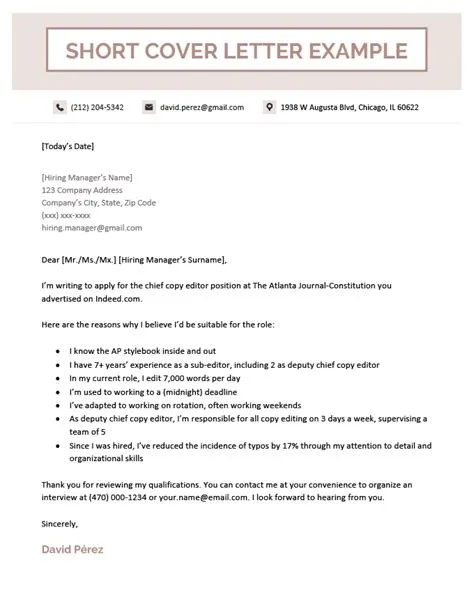
While a resume and a cover letter both play important roles in your job application, they serve different purposes. A resume is a concise summary of your professional history, skills, and education. It is a factual document that provides a snapshot of your qualifications. Its primary focus is on listing your experiences, accomplishments, and credentials. It’s designed to be scanned quickly by recruiters and hiring managers to assess your suitability for a role. In contrast, the cover letter is a more detailed and personalized document. It allows you to elaborate on your qualifications, explain your motivations, and demonstrate your interest in the specific job and company. The cover letter is your chance to tell a story, highlighting your relevant skills and experiences in a way that showcases your personality and enthusiasm. While the resume provides the ‘what,’ the cover letter explains the ‘why.’ It explains why you are a great fit for the job and why the company should hire you. Understanding the distinct roles of the resume and cover letter is key to creating a successful job application.
Key Components of a Cover Letter
A well-structured cover letter typically consists of several key components that work together to present a compelling case for your candidacy. These components include the header, greeting, an introductory paragraph that states your purpose, body paragraphs that highlight your skills and experience, a paragraph demonstrating your enthusiasm and research about the company, and a strong closing with a call to action. Your header should contain your contact information, while the greeting should be addressed to a specific person whenever possible. The introduction should capture the reader’s attention and clearly state the position you’re applying for. The body paragraphs are the meat of your letter, where you elaborate on your qualifications and explain how your skills align with the job requirements. The closing should reiterate your interest and include a call to action, such as requesting an interview. Each component plays a critical role in conveying your message effectively, making it crucial to structure your cover letter strategically.
Header and Contact Information
The header of your cover letter is the first thing a hiring manager will see, making it essential to get it right. It should include your full name, contact information, and the date. Your contact information should be current and include your phone number, email address, and possibly a link to your LinkedIn profile or online portfolio. The header should be clean and professional, reflecting the overall tone of your application. Ensure that your name is clearly displayed and easily readable. Your email address should be professional as well; avoid using nicknames or unprofessional handles. The date is also important because it tells the hiring manager when you submitted your application. Consistency between your header and the contact information on your resume is a must. This helps to ensure that recruiters and hiring managers can easily find your contact details. You want to make it as easy as possible for them to get in touch with you.
Greeting and Addressing the Hiring Manager
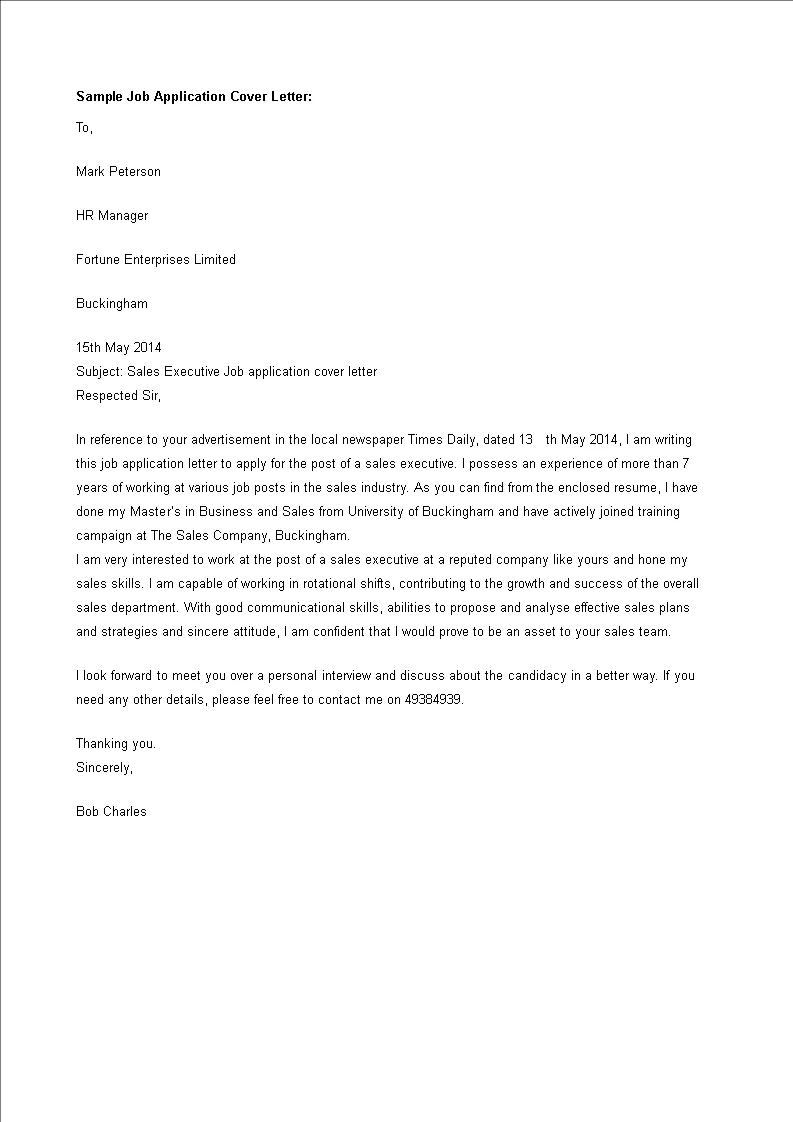
The greeting is an important aspect of your cover letter as it sets the tone for the rest of the document. Aim to address the hiring manager by name. Researching the hiring manager’s name demonstrates that you have taken the time to personalize your application, and this can significantly increase your chances of making a positive first impression. If you are unable to find the name of the hiring manager, you can use a general greeting, such as “Dear Hiring Manager” or “Dear [Department Name] Team.” Avoid generic greetings like “To Whom It May Concern,” which can make your application seem impersonal. The greeting should be professional and courteous. Ensuring your greeting is tailored to the specific job application and to the company is extremely important. It shows you’ve put in the effort and will help you stand out from generic cover letters.
Body Paragraph 1 Introduce Yourself and State Your Purpose
The first body paragraph of your cover letter is your chance to make a strong first impression and to clearly state your purpose. Begin by introducing yourself and briefly mentioning the position you are applying for. Immediately state your intention to apply to the job. This helps the hiring manager quickly understand what you are writing about. Briefly explain where you found the job posting. State your interest in the role and express your enthusiasm. A great introduction will grab the reader’s attention and motivate them to continue reading. You can also include a short statement about why you are interested in the company or the industry, showing that you’ve done your research. The first paragraph sets the stage for the rest of your cover letter, so it is important to make it clear, concise, and engaging. Your goal is to get the hiring manager to want to learn more about you, so make this introduction count.
Body Paragraph 2 Highlight Relevant Skills and Experience
The second body paragraph should showcase your relevant skills and experience. This is where you connect your qualifications to the specific requirements of the job. Carefully review the job description and identify the key skills and experiences that the employer is looking for. Provide concrete examples of how you have demonstrated those skills in the past. Use the STAR method – Situation, Task, Action, Result – to structure your examples. This helps you provide clear and concise stories that highlight your accomplishments. Quantify your achievements whenever possible by using numbers and data to show the impact of your work. Make sure to use keywords from the job description to demonstrate that you are a good fit for the role. The goal of this paragraph is to convince the hiring manager that you have the skills and experience to succeed in the position, which can substantially boost your application.
Body Paragraph 3 Showcase Your Enthusiasm and Company Research
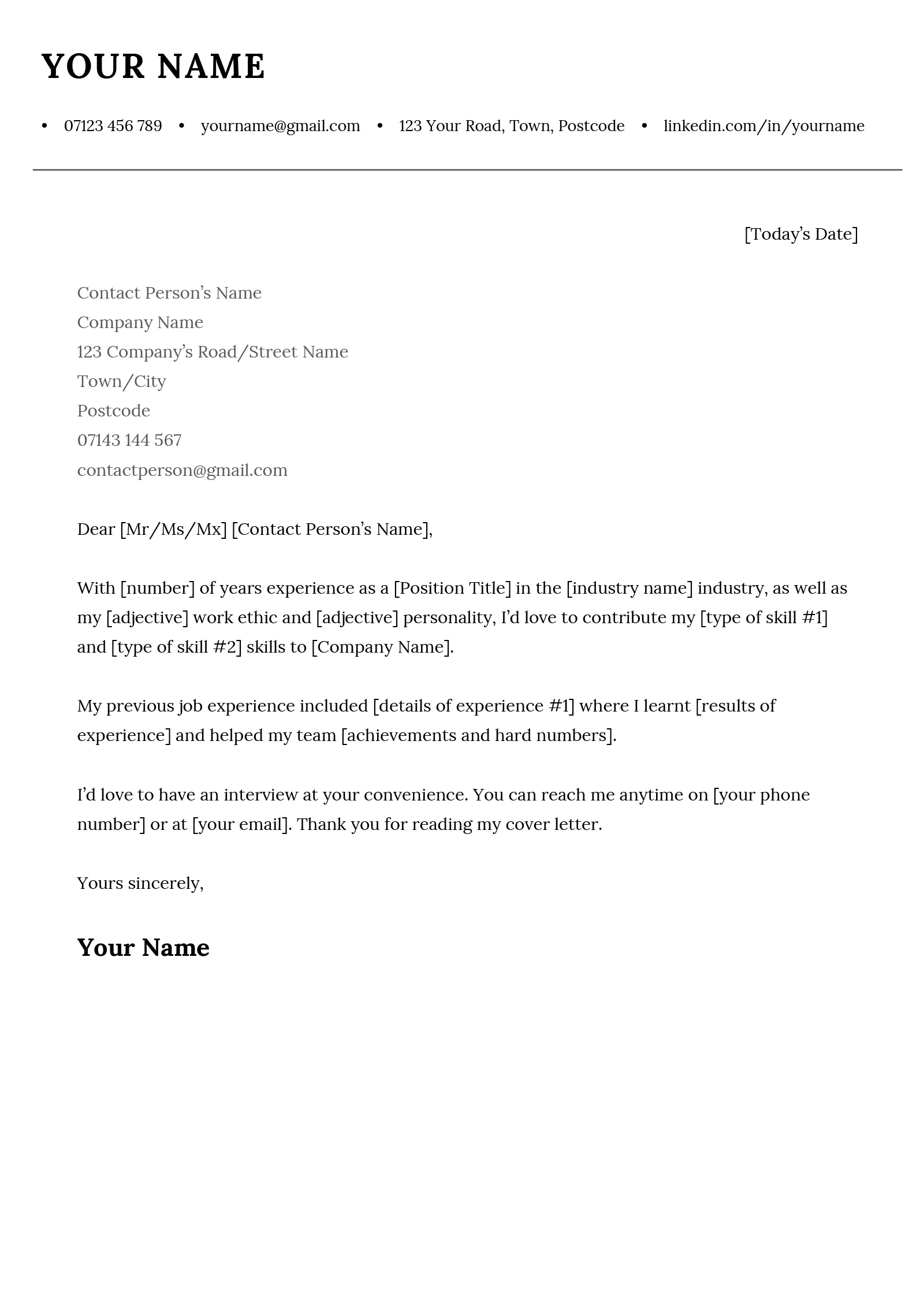
In your third body paragraph, demonstrate your enthusiasm for the company and the role. This shows that you’ve taken the time to research the company, understand its mission, and are genuinely interested in the opportunity. Mention specific aspects of the company that appeal to you, such as its values, culture, or recent achievements. Explain how your goals align with the company’s objectives. This shows the hiring manager that you are not just looking for a job, but that you’re seeking to contribute to the company’s success. Demonstrate how you can contribute to the company’s success in a meaningful way. Mentioning the company’s values and culture is a great way to build a connection with the reader, and demonstrate that you have a strong understanding of the company’s business. Highlighting your knowledge and enthusiasm will further strengthen your application and make you a more appealing candidate.
Closing and Call to Action
Your cover letter should end with a strong closing paragraph that reiterates your interest and includes a clear call to action. Summarize your key qualifications and express your enthusiasm for the opportunity. Restate your desire to contribute to the company’s success. End with a polite and professional closing, such as “Sincerely” or “Best regards.” Include a call to action, such as requesting an interview or inviting the hiring manager to contact you. Make sure your contact information is easy to find so they can reach out easily. Thank the hiring manager for their time and consideration. A strong closing leaves a positive impression and encourages the hiring manager to take the next step. Remember to proofread and edit your cover letter before sending it, to ensure it’s free from errors and presents you in the best possible light.
Formatting and Design Tips
Proper formatting and design are essential for creating a professional and easy-to-read cover letter. A well-formatted cover letter is more likely to capture the hiring manager’s attention and make a positive impression. Start by selecting a professional and legible font, such as Times New Roman, Arial, or Calibri. The font size should be between 10 and 12 points to ensure readability. Use a clean layout with clear headings and ample white space. Make sure the margins are standard, typically one inch on all sides. Use bullet points and short paragraphs to make your letter easy to scan. Ensure your letter is concise. Keep your cover letter to one page. The format should be simple and consistent with your resume. A neat and organized cover letter is more likely to be read and understood. The goal is to create a professional look that helps your cover letter stand out for the right reasons.
Choosing the Right Font and Font Size
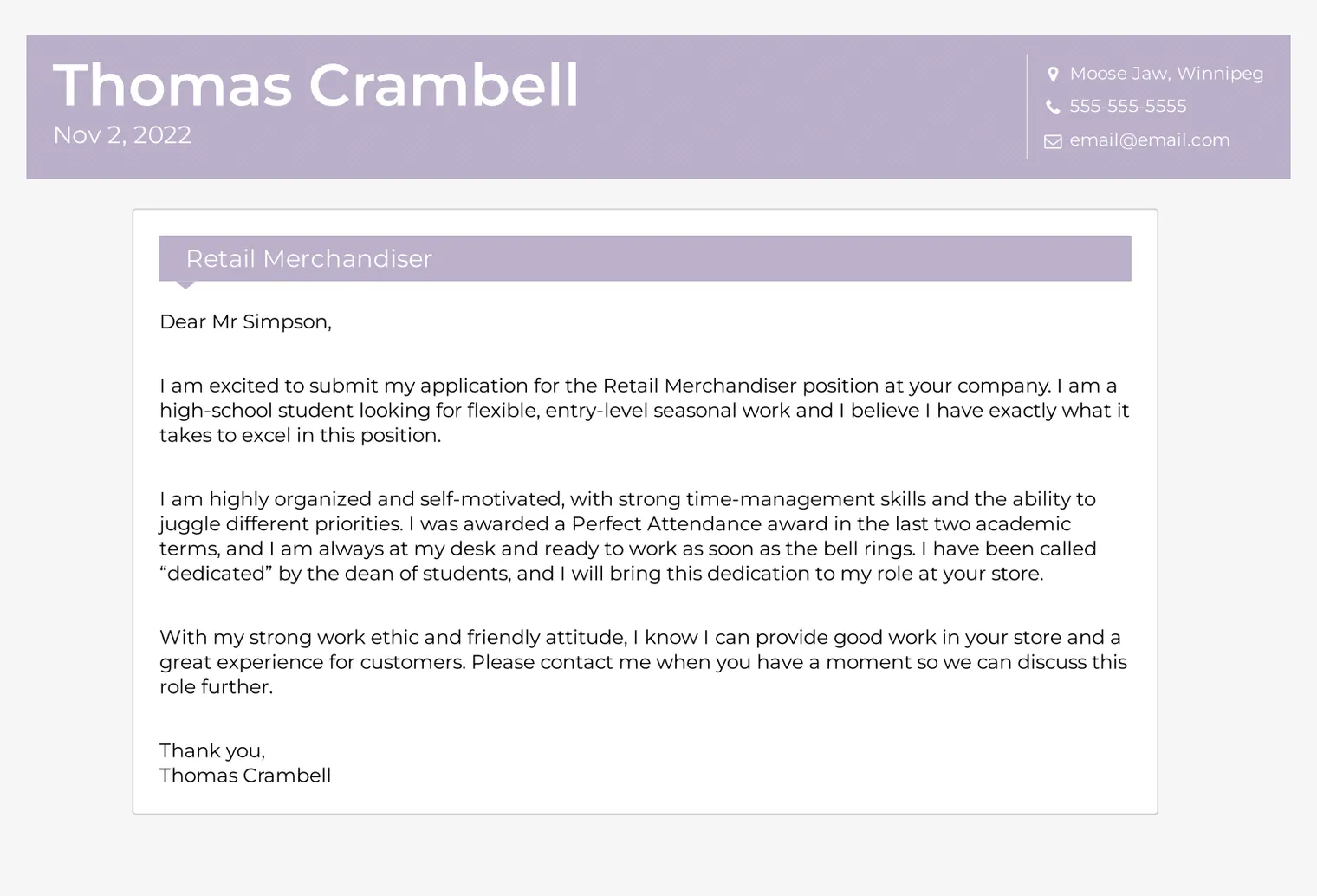
The font and font size you choose for your cover letter can significantly impact its readability and overall impression. Opt for a professional and easy-to-read font. Some popular choices include Times New Roman, Arial, Calibri, and Georgia. These fonts are widely recognized and easy on the eyes. Avoid using overly fancy or unusual fonts, as they can make your cover letter look unprofessional. Set the font size between 10 and 12 points. This size is optimal for readability without taking up too much space. A consistent font and size across your resume and cover letter shows attention to detail. Make sure your font is consistent throughout the document. Avoid mixing different fonts or sizes, as this can make your cover letter look cluttered and unprofessional. The right font and size will make your cover letter look polished and professional, which are extremely important.
Keeping the Letter Concise and Readable
A concise and readable cover letter is more likely to engage the reader and effectively communicate your qualifications. Keep your cover letter to one page. Hiring managers are busy and have limited time to review each application. Use clear and concise language. Avoid jargon, technical terms, or overly complex sentences. Structure your letter with short paragraphs and bullet points. This makes it easier for the reader to scan the document and quickly grasp the key information. Each paragraph should focus on a single idea or point. This will help the reader stay focused on your key selling points. Use active voice and action verbs to make your writing more engaging. Avoid repeating information that is already in your resume. Instead, use the cover letter to provide additional context or highlight specific achievements. A well-written, concise cover letter is more likely to make a positive impression and increase your chances of getting an interview.
Proofreading and Editing Your Cover Letter
Proofreading and editing your cover letter is an essential step in ensuring that it makes a positive impression. Errors can detract from your qualifications and make you look unprofessional. Always carefully proofread your cover letter for any typos, grammatical errors, or inconsistencies. Read it aloud to catch any awkward phrasing or unclear sentences. Ask a friend, family member, or career counselor to review your cover letter. Get a second pair of eyes to catch errors you might have missed. Check the details, such as the name of the hiring manager, the company name, and the job title. A polished, error-free cover letter demonstrates that you pay attention to detail and take your application seriously. Correcting mistakes will showcase your professionalism and enhance your application. Proofreading is a small investment that can make a big difference in the outcome of your job search.
Common Cover Letter Mistakes to Avoid
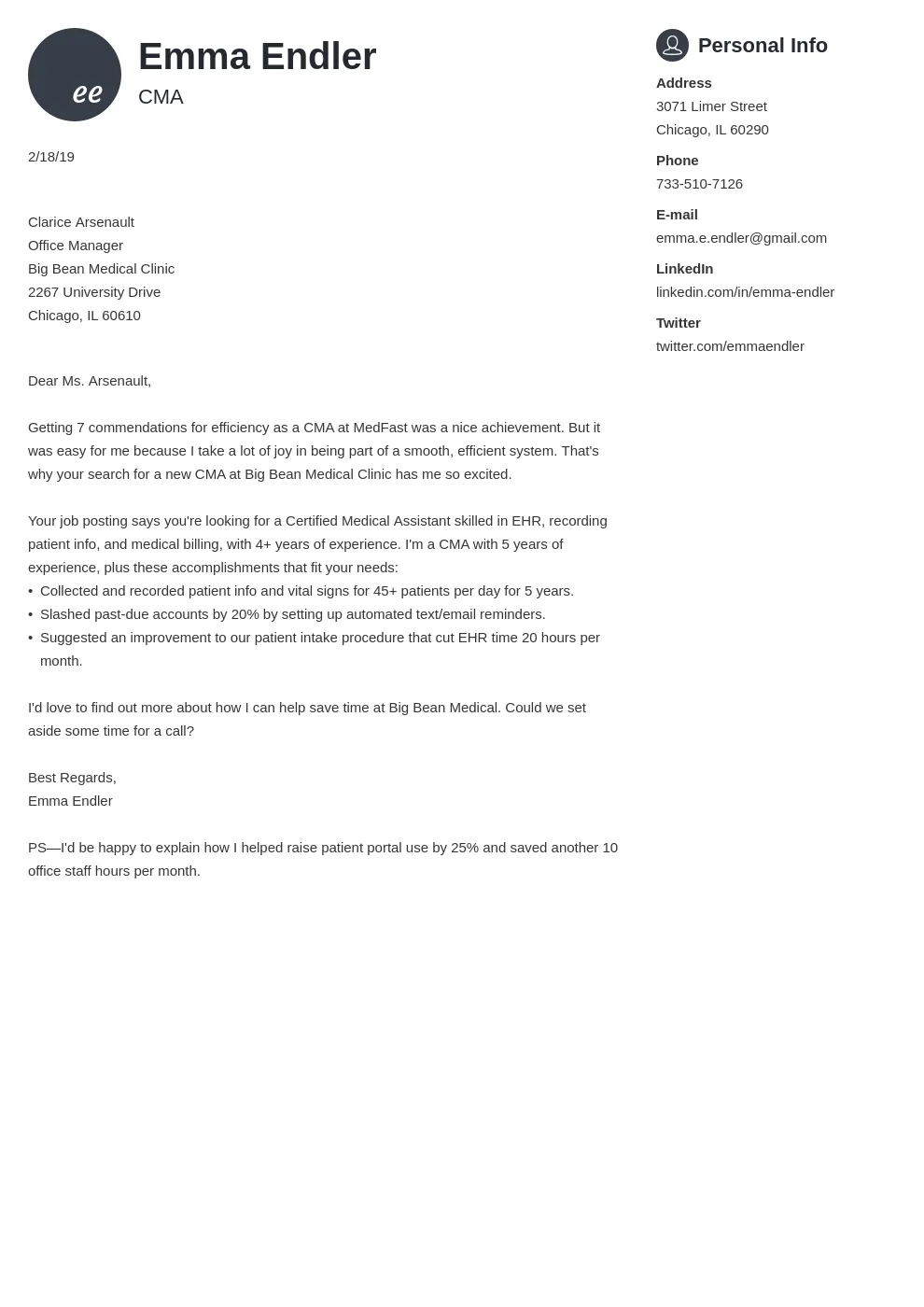
Avoiding common cover letter mistakes can significantly improve your chances of landing an interview. Many mistakes can be avoided with careful planning and attention to detail. Some of the most common mistakes include generic greetings, focusing on what you want instead of what you can offer, and errors like typos and grammatical errors. These issues can reflect poorly on your professionalism and decrease your chances of getting hired. Being aware of these mistakes can help you create a cover letter that effectively showcases your qualifications. When you know what to avoid, it is easier to create a letter that is more effective.
Generic Greetings
Using generic greetings can make your cover letter appear impersonal and show a lack of effort. Address your cover letter to a specific person whenever possible. Research the hiring manager’s name and use it in your greeting. If you can’t find the hiring manager’s name, use a general greeting like “Dear Hiring Manager” or “Dear [Department Name] Team.” Avoid using “To Whom It May Concern,” which is impersonal and outdated. Personalizing your greeting makes your cover letter feel more engaging. Personalizing your greeting shows that you have taken the time to research the company and the role. A personalized greeting makes your cover letter stand out and demonstrates your initiative. These details increase the odds of your application being reviewed.
Focusing on What You Want, Not What You Can Offer
Many applicants make the mistake of focusing on what they want from a job, instead of what they can offer to the employer. A cover letter should focus on demonstrating your value and the skills and experiences you can bring to the role. Tailor your cover letter to the specific requirements of the job description. Highlight how your skills and experiences align with the job requirements. Provide examples of your accomplishments and how you have added value in previous roles. Instead of stating what you want, show how you can solve problems and contribute to the company’s goals. A focus on the employer’s needs demonstrates that you understand the company’s goals and are eager to contribute to its success. Demonstrate your ability to provide the employer with value to increase your appeal.
Typos and Grammatical Errors
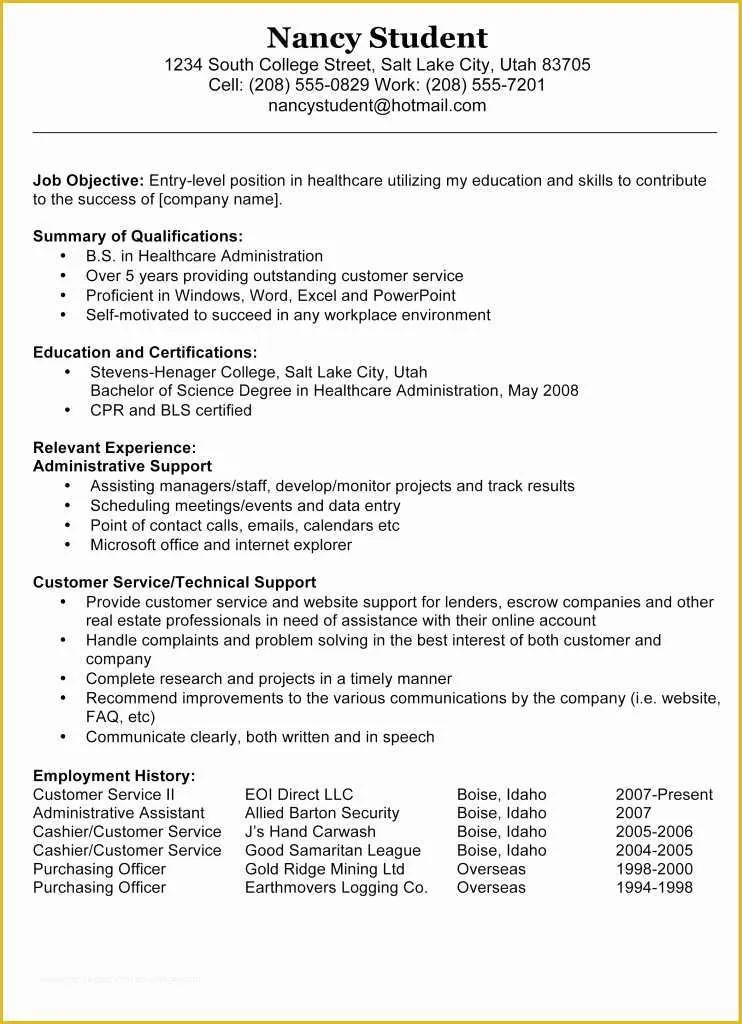
Typos and grammatical errors can undermine your credibility and make you look unprofessional. Proofread your cover letter carefully. Read it aloud to catch any mistakes. Use a spell checker and grammar checker, but don’t rely on them completely. They may not catch all errors. Ask a friend, family member, or career counselor to review your cover letter. A fresh pair of eyes can often catch errors that you might have missed. Ensure your cover letter is free of mistakes. Before sending your cover letter, review and re-read it one last time, and correct any errors. These errors undermine your professionalism. Taking the time to eliminate these errors is an essential step in your job search.
Submitting the Cover Letter
How you submit your cover letter is as important as its content. Always follow the instructions provided in the job posting. Pay attention to the file format and the way you name your document. If the job posting doesn’t specify a file format, save your cover letter as a PDF. A PDF ensures that your formatting remains consistent across different devices. Use a professional and descriptive file name. For example, use “YourName_CoverLetter_JobTitle”. Attach your cover letter to your application email or upload it through the online application system as instructed. Proofread your application, cover letter, and resume to make sure that all the information is correct before you submit it. Adhering to the submission guidelines shows that you pay attention to detail and are organized. Following these guidelines helps ensure that your application is reviewed.
File Format and Naming Conventions
Choosing the right file format and using proper naming conventions is essential for ensuring your cover letter is easily accessible and professional. Unless otherwise specified, save your cover letter as a PDF file. This format preserves your formatting and ensures that the document appears correctly on any device. Use a clear and descriptive file name. For example, use “YourName_CoverLetter_JobTitle.” This makes it easy for the hiring manager to identify your document. Avoid using generic file names like “coverletter.doc” or “cover letter.pdf,” as these can get lost in the hiring manager’s inbox. The right file format and naming convention make your cover letter look professional and easy to manage. The proper file naming convention ensures that your cover letter is easy to find and clearly identifies your application.
